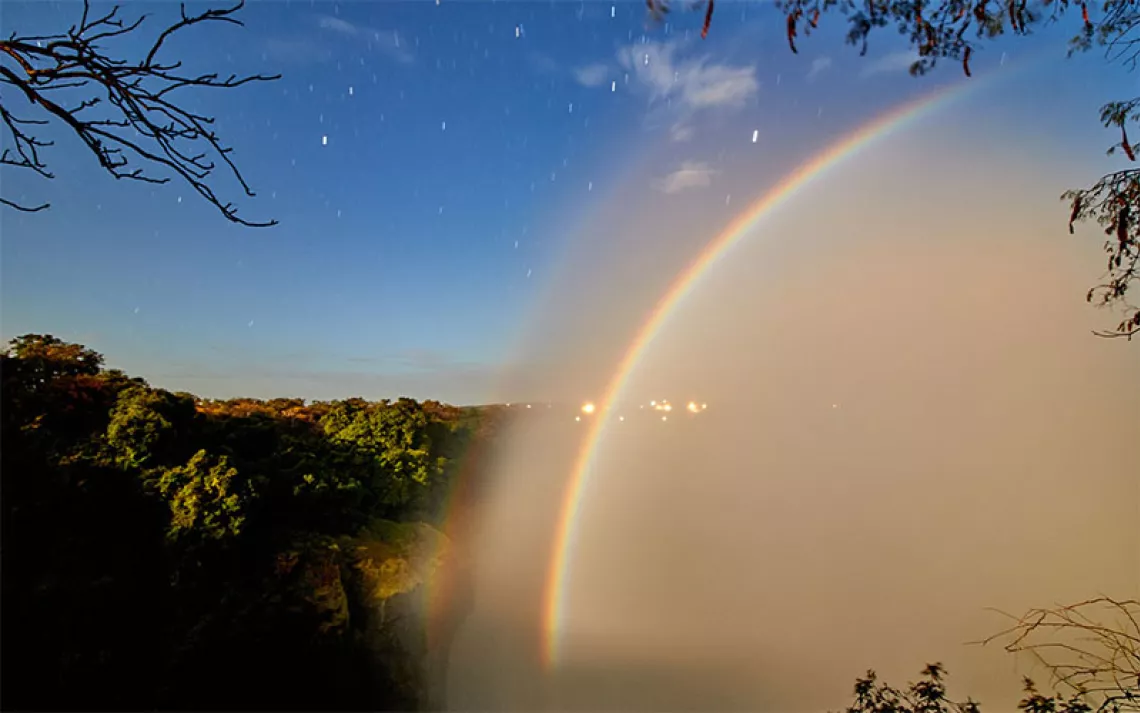July Observing Highlight: Neptune Occultation

The Milky Way is photographed from an observatory in Chile. | Photo courtesy of ESO/Y. Beletsky
After the fireworks die down, the sky will be nice and dark on the 4th of July, because the moon is in new phase, near the sun and not visible. A scenic, slender crescent moon will appear in twilight on July 5 and 6. Then, over the next few nights, the moon visits some stars and planets. On July 7, it’s near the star Regulus, and on July 8 and 9, the growing crescent is close to Jupiter. On July 11, the moon is near Spica in Virgo, and on July15, it’s near Saturn. The full moon occurs on July 19 at 3:59 P.M. PDT.
Around the middle of July, sharp-eyed observers will spot Mercury and Venus in the evening sky right after sunset. The two planets will be in the West-northwest a half degree apart on July 16—Venus will be shining at magnitude -3.9 and Mercury at -1. As the month progresses, Mercury climbs higher and faster into the sky than Venus, yet the two don’t move far from the horizon. On July 30, Mercury will be half a degree from the star Regulus, with Mercury the brighter of the two.
Late in the evening on July 22, the moon will creep up on Neptune, passing in front of it in an occultation. The exact time this occurs depends on where you are located, and the region of the moon that Neptune will disappear behind will also vary.
For example, in Minneapolis, Neptune will disappear under the limb of the moon near the moon’s center. For observers at this location, the occultation will begin at about 10:55 P.M., and with binoculars or a telescope, they’ll see Neptune wink out as the moon seems to swallow it. Then, about 50 minutes later (less for those who see Neptune pass through a smaller slice of the moon, more for others), Neptune will reappear from under the unlit side of the moon. This will be a bit easier to see because the darker limb of the moon won’t wash out Neptune as much as the bright side did.
Farther west, only the end of the occultation will be visible because the moon will still be below the horizon as the event begins. In Denver, for example, Neptune reemerges around 10:30 P.M. In California, the occultation is over before the moon rises.
Any clear night in summer is a great opportunity to see the Milky Way and try to catch a glimpse of a shooting star. Spend some lazy evenings in a lawn chair looking up. Spot the satellites passing overhead regularly—they look like dim, unblinking planes slowly cruising across the sky amongst the stars.
 The Magazine of The Sierra Club
The Magazine of The Sierra Club



